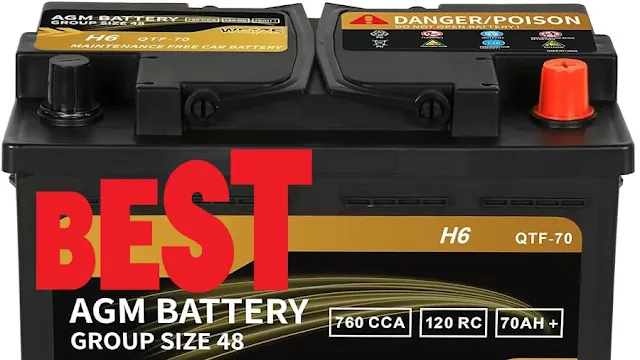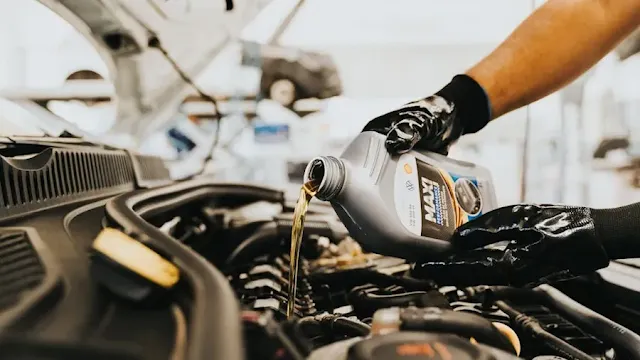Overview of AGM Batteries

Absorbed Glass Mat (AGM) batteries are a step above traditional lead-acid batteries, offering enhanced durability and performance for modern vehicles. While their higher cost—often 40–60% more than standard batteries—can be a hurdle, AGM batteries are popular for their reliability and low maintenance. This guide explores the pros and cons of AGM batteries to help you decide if they’re worth the investment. For more on car batteries, visit Interstate Batteries.
Pros of AGM Batteries
AGM batteries offer several advantages over traditional lead-acid batteries:
- Enhanced Durability: Designed for deep discharge cycles, AGM batteries resist degradation, making them ideal for vehicles with start-stop systems or heavy electronics.
- Improved Safety: Sealed designs prevent acid leaks, even if damaged, ensuring safer handling and environmental friendliness.
- Maintenance-Free: No need for water top-ups, with a low self-discharge rate, perfect for infrequently driven vehicles.
- Extreme Condition Performance: Reliable in high and low temperatures, with faster recharging and better charge acceptance.
Learn more about battery technology at Car and Driver.
Cons of AGM Batteries
Despite their benefits, AGM batteries have some drawbacks:
- Higher Cost: AGM batteries cost 40–60% more than lead-acid batteries, which may deter budget-conscious buyers.
- Sensitivity to Overcharging: Require compatible chargers to avoid voltage issues, which can reduce lifespan if mismanaged.
- Heavier Weight: AGM batteries are heavier, potentially impacting fuel efficiency or performance in weight-sensitive vehicles.
For tips on choosing batteries, see Consumer Reports.
Is an AGM Battery Worth It?
Choosing an AGM battery depends on your vehicle’s needs and driving habits. AGM batteries are ideal for modern cars with start-stop technology, heavy electronics, or extreme weather conditions, offering durability and low maintenance. However, for older vehicles with basic electrical demands or regular use, a traditional lead-acid battery may suffice at a lower cost. Weigh the long-term benefits—safety, reliability, and reduced upkeep—against the higher upfront price. Compare battery options at AutoZone.
Frequently Asked Questions
What are the main benefits of AGM batteries?
AGM batteries offer enhanced durability, safety (no leaks), maintenance-free operation, and reliable performance in extreme temperatures.
Why are AGM batteries more expensive?
AGM batteries cost 40–60% more due to advanced technology, sealed designs, and superior durability compared to lead-acid batteries.
Do AGM batteries require special chargers?
Yes, AGM batteries are sensitive to overcharging and need compatible chargers to maintain longevity and performance.









